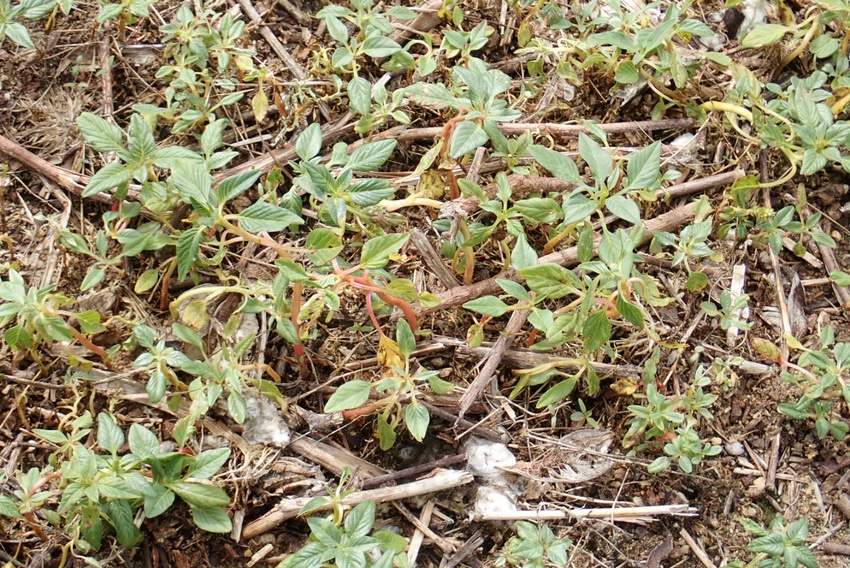
As you plan a weed control strategy for 2020, keep in mind hot, dry conditions affect weed control.
“Any stress can affect herbicide efficacy. Under hot and dry conditions there is less herbicide absorption by weeds and also less translocation,” says Charlie Cahoon, North Carolina Extension weed specialist for cotton and corn.
Speaking at a cotton production meeting at the Sampson County Exposition Center in Clinton, Cahoon noted the cuticle or outer waxy layer of leaves thickens when weeds are subjected to hot, dry conditions in an effort to conserve moisture.
“Weeds fights drought stress by increasing cuticle thickness to limit transpiration. As a result, it is more difficult for herbicides to penetrate that waxy layer and get into the plant. When that cuticle thickens, we get less herbicide absorption and that means less activity,” Cahoon said.
Early Spray
Farmers really have no control over drought and heat stress unless they have irrigation, but Cahoon said they can take steps to better control weeds when the weather is hot and dry.
“To combat hot, dry conditions you can spray earlier in the morning when weeds perk up from the stress of the previous day. I’m not talking about spraying at 6 a.m when the risk of a temperature inversion is high. I’m talking about spraying around 8:00 to 11:00 a.m.; trying to catch those weeds before they shut down during the heat of the day,” Cahoon said.
In the meantime, Cahoon said farmers need to be more aware of herbicide antagonism issues. With tank-mixing becoming a more common practice, antagonism among the various herbicides in the mix can hamper weed control.
To illustrate the antagonism issue, Cahoon pointed to research he and his team are doing on groundcherry. The research reveals that using 2,4-D alone does not offer good groundcherry control while the full rate of Roundup offered great control.
Antagonism
However, when Roundup is tank-mixed with 2,4-D, antagonism is evident. The research shows that Roundup plus a half rate of 2,4-D showed a 23 percent reduction compared to Roundup alone, whereas a full quart of 2,4-D reduced Roundup efficacy 40 percent.
Cahoon noted that herbicide antagonism is becoming more of an issue across the country as the use of auxin technology rises. In fact, research by Dr. Larry Steckel at the University of Tennessee shows that Roundup mixed with dicamba offered less control of junglerice and barnyardgrass compared to Roundup alone. When Steckel and his team tank-mixed dicamba with Roundup, junglerice efficacy dropped 30 percent.
Prickly sida is also becoming more prevalent where Xtend cotton and soybeans are being grown. Antagonism is becoming an issue with prickly sida control as well. Cahoon and other weed scientists across the Southeast have noted Roundup alone offered fair prickly sida control, but when dicamba is added to the mix, efficacy went down.
“We need to be paying attention to these weed species shifts. We’re going to start learning where we have this antagonism going on. It seems to be on the species where the auxin is not very good and where Roundup alone would normally work well,” Cahoon said.
“We’ve been using 2,4-D and dicamba plus Roundup burndown for a very long time. They do complement each other very well, especially if the auxin controls the weeds Roundup doesn’t get. However, if the auxin is weak on those weeds, it looks like it is actually antagonizing Roundup,” Cahoon said.

About the Author(s)
You May Also Like






